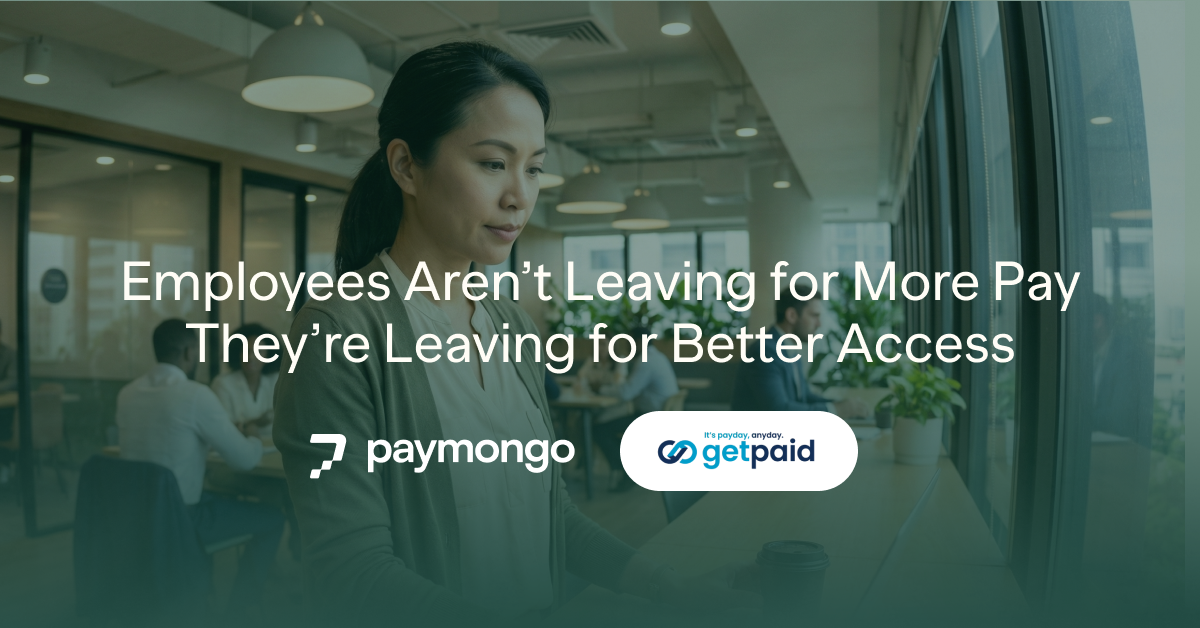Chaos to Control: Organizing Your Financial Ops

Table of Contents
Chaos to Control: Organizing Your Financial Ops
Running a business often means juggling dozens of moving parts. It’s perfectly understandable that tracking your finances can slip through the cracks when orders are coming in, growth is accelerating—you’re just trying to keep everything afloat. But when your finance operations aren’t organized, the cost in time, money and peace of mind adds up.
Research from the Avitus Group shows that inefficiencies in business processes can eat up 20–30% of annual revenue. Meanwhile, a study from FormAssembly highlights that nearly 26% of an employee’s workday might be wasted due to inefficient workflows.
The bottom line? Optimizing your financial operations means elevating how your entire business runs. Here are three effective tools you can implement in just a week to upgrade your finance-ops into a system for successful modern businesses.
1. A Wallet with Instant Settlement
When you have a business-wallet where payments land instantly, you gain much better control of cash flow and fewer manual steps waiting for funds.
With PayMongo Wallet, you can:
- Access funds almost immediately for select payment methods (“Instant Settlements” makes your GCash, QR Ph and card payments available in your Wallet “as soon as they’re received”).
- Send money out via InstaPay, PESONet or direct bank transfers so you can pay suppliers, team or expenses without extra friction.
- View a detailed breakdown of transactions in the Wallet dashboard to track what comes in and what goes out.
Try It Out:
- Activate your Wallet in PayMongo, verify your business, and link your bank if needed. Make sure to check the requirements.
- Turn on Instant Settlement for eligible methods—reach out to PayMongo support for your access
- Run a live test: make a payment via one of those fast methods → see it appear in your Wallet → send a small payment out (ex. to a supplier or team) to get comfortable.
- Document: How much time did it take vs your old process? What step is now eliminated?
2. An API That Connects Your Financial Systems
Having a payment system that only lives in a silo means your finance team ends up spending time reconciling, chasing down approvals, or manually entering data.
With PayMongo’s API, you can connect payment acceptance directly to your internal systems so everything flows. Key features include:
- Accept multiple payment methods (cards, e-wallets, bank transfers) via one integration.
- Real-time payment tracking: see statuses update and build workflows around that.
- For more advanced platforms: you can also manage sub-accounts, splits and complex payout logic.
Try It Out:
- Identify all the finance-adjacent systems your business uses: payment gateway / tool, accounting/ERP, bank feed, maybe CRM.
- Check which of those expose APIs or integrations and match them up to your PayMongo API capability.
- Pick one key flow to connect: e.g., “customer pays online → payment status triggers your accounting system to create revenue line → ledger updates with the payment” (via API/webhooks).
- Run a test payment through that flow, validate the data passes through automatically, note down who monitors and what happens if there’s a failure.
- Record your workflow: what triggers, what system picks it up, what needs human review, and what is now fully automated.
3. A Digital Ledger That Tracks All Transactions
Once payments and payouts are flowing and your systems are talking to one another, you need a central “source of truth” ledger that records everything: transaction, settlement, movement, reconciliation.
With PayMongo’s Ledgers (via their Money Movement suite) you get exactly that. Key benefits include:
- Real-time updates of balances, flows and audit trails: helps you reduce month-end-close time and gives greater visibility.
- Scalable sub-ledgers: you can segment by product line, business unit, channel so you know exactly where money is coming from.
- Integration via API: the ledger becomes part of your financial operating system rather than an afterthought.
Try It Out:
- Define your chart of accounts / ledger structure: decide what categories you need (income, cost, expense, asset, liability) and how you’ll tag transactions.
- Map how the data from “wallet → ledger”, “payment API → ledger”, “payouts → ledger” flows in.
- If you have developers, set up the ledger module of PayMongo (or plan how your accounting system will ingest ledger-entries) so that every transaction enters the ledger automatically rather than manually.
- Build a simple, weekly review process: pull a dashboard that shows total revenue, settled funds, payables, and reconciled entries. Use the ledger to catch anomalies (e.g., payments that arrived but weren’t tagged) and correct quickly.
This might seem overwhelming, but PayMongo is equipped to supply you with different resources to make sure your financial operations runs smoothly. By taking just a few minutes this week to set up a purpose-built finance operating system, you’re not just tidying up: you’re building control, visibility and resilience.
PayMongo’s product suite is designed for business owners, like you, to be more than just a payment provider. We’re your committed partner in financial operations and business growth.
Sign up for a free PayMongo account and begin exploring what an optimized business-finance system looks like. Your future self, and your business, will thank you.
Subscribe to the PayMongo Blog
Join thousands of business owners in getting the latest financial insights






